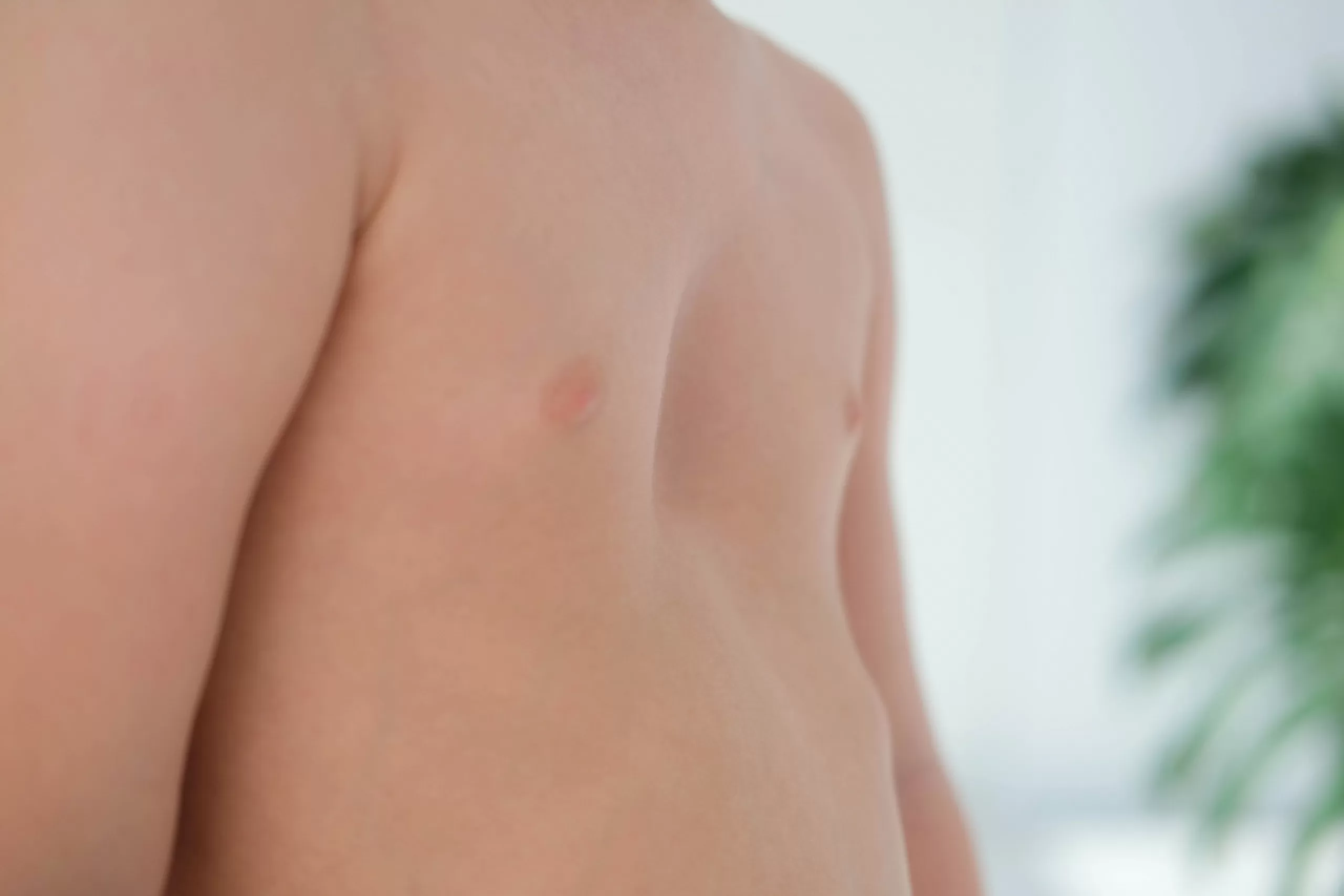What is Testicular Torsion?
Testicular torsion refers to the twisting of a testicle and the spermatic cord attached to it, inside the scrotum. If prolonged and untreated, the twisting rapidly affects the blood flow to the testicle, leading to tissue damage and the possibility of testicle loss and subsequent reduced fertility.
Testicular torsion can occur at any age, including newborns, but is most commonly in 12-18 year olds. There is usually no obvious cause, although in about 5% of cases it is triggered by physical trauma.
Medically Reviewed by Dr Aifric Boylan
Last updated on 11.06.2024
What are the symptoms of testicular torsion?
The classical presenting symptoms include quick onset of scrotal pain on the affected side, swelling, redness, abdominal pain, nausea and vomiting. On examination, the scrotal skin is usually red, the affected testicle can be swollen or sit high in the scrotum and appear to be horizontal. Some of the symptoms of testicular torsion can be similar to other conditions, such as epididymo-orchitis, hernias and testicular cancer. A torsion is extremely time sensitive and if it is suspected, the patient must seek urgent medical attention.
How is testicular torsion diagnosed ?
Investigation of testicular torsion should never be delayed, so the most important thing is to call an ambulance or present to an emergency department as soon as possible. There an ultrasound may be done to assess the blood flow or the patient may proceed directly to the operating room where the surgeon can explore the scrotum under general anaesthetic. The diagnosis can be confirmed and the torsion can be corrected in a timely fashion. To prevent a torsion happening again, the testicle is stitched to surrounding tissue and fixed in position. The other, unaffected testicle is often fixed at the same time as a person who has torsion on one side has a higher likelihood of experiencing torsion on the other side in the future. The success rate of saving the testicle within a timeframe of under six hours is around 90-100%.
Is testicular torsion serious?
In complicated cases, the man may lose the testicle, have reduced fertility or long term hormonal changes. This is more likely if diagnosis and treatment is delayed, so if a man has a suspected testicular torsion he should ideally be operated on within six hours.
Does testicular torsion ever get better without surgery?
Rarely, a torsion can spontaneously resolve however this still requires examination, investigation and treatment by a medical professional. Hence, even if a man has any of the aforementioned symptoms of possible torsion, he still must seek medical advice urgently , even if the symptoms have settled.
Less commonly, there are cases of chronic intermittent torsion that don’t present with the classical acute-onset symptoms, but these patients still often require an operation to fix the testicles in place because at any time they could deteriorate into an acute testicular torsion.
The take home message is: if a testicular torsion is suspected, urgent medical care should be sought.
Resources:
https://www.healthdirect.gov.au/testicular-torsion
https://www.betterhealth.vic.gov.au/health/conditionsandtreatments/testicle-injuries-and-conditions

Demystifying Anti-Wrinkle Cosmetic Procedures
Demystifying Anti-Wrinkle Cosmetic Procedures Anti-wrinkle treatments usually refer to botulinum toxin A (BTA), which is the chemical name for brands such as Botox, Dysport, and Xeomin. It is a [...]
Pectus excavatum
Pectus excavatum Pectus excavatum is a condition that causes your chest to sink in the middle over the sternum (also known as the breastbone). For this reason, it is [...]
Non-Alcoholic Fatty Liver Disease
Non-Alcoholic Fatty Liver Disease Non-alcoholic fatty liver disease (NAFLD) is a condition where there are high amounts of fat in the liver. It is also known as non-alcoholic steatohepatitis [...]





